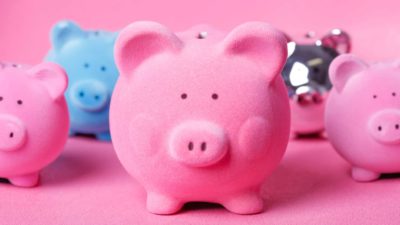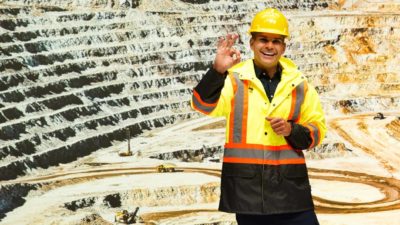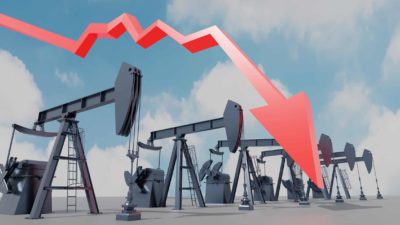The S&P/ASX 200 Index (ASX: XJO) had barely regained its early day losses by 2:30pm AEDT to trade just about flat.
Then the Reserve Bank of Australia (RBA) released its latest interest rate decision.
The RBA board announced another 0.25% increase in interest rates, bringing the official cash rate to 3.6%.
Atop today's cash rate hike, the RBA board also increased the interest rate on Exchange Settlement balances by another 0.25%, taking that to 3.5%.
The move was widely expected as inflation in Australia remains well above the central bank's 2% to 3% target range.
Perhaps because investors were well prepared for another rate increase, the ASX 200 soared 0.6% immediately following the announcement.
March now marks the tenth consecutive interest rate hike from the central bank.
Rather amazingly, it was only on the morning of 3 May last year that Australia's official rates were at the historic low of 0.1%. That afternoon saw the first rate hike from the RBA since November 2010.
Why did the RBA increase interest rates again?
Explaining why the board opted to raise interest rates yet again, RBA governor Philip Lowe noted that global inflation remains "very high".
ASX 200 investors hoping that may turn around quickly will be disappointed by Lowe's assessment. "It will be some time before inflation is back to target rates," he said.
But the ASX 200 looks to be getting a boost from the report that inflation in Australia has at last peaked.
"The monthly CPI indicator suggests that inflation has peaked in Australia. Goods price inflation is expected to moderate over the months ahead due to both global developments and softer demand in Australia," Lowe said.
Rents and services price inflation remain high.
The Aussie economy continues to grow but at a slower pace. GDP increased 0.5% in the December quarter and 2.7% over the year.
While employment dipped in January, the unemployment rate remains near 50-year lows. However, Lowe said, "As economic growth slows, unemployment is expected to increase."
For now, wages are continuing to increase amid high inflation and a tight labour market. But in a potential signal of fewer rate hikes ahead, Lowe noted that "recent data suggest a lower risk of a cycle in which prices and wages chase one another".
"The board, however, remains alert to the risk of a prices-wages spiral, given the limited spare capacity in the economy and the historically low rate of unemployment," he added.
Judging by the big afternoon lift-off, ASX 200 investors don't appear put out by all the uncertainty ahead either. Those uncertainties include the timing and extent of the slowdown in household spending, the full impact on house prices, and how the global economy holds up faced with rising rates around the world.
Lowe explained the RBA's resolve to return inflation to within its 2% to 3% target range.
"If high inflation were to become entrenched in people's expectations, it would be very costly to reduce later, involving even higher interest rates and a larger rise in unemployment," he said.
What's ahead for ASX 200 investors?
While inflation is expected to fall in 2023, the RBA forecasts inflation will remain above its target level throughout 2024. It expects inflation to be around 3% by the middle of 2025.
The central bank also expects GDP growth to be below trend for the next few years. However, Lowe said, "The outlook for business investment remains positive, with many businesses operating at a very high level of capacity utilisation."
If you're investing in ASX 200 shares, you should be prepared for at least one more interest rate increase. Perhaps more.
"The board expects that further tightening of monetary policy will be needed to ensure that inflation returns to target and that this period of high inflation is only temporary," Lowe said.









